What is Paronychia?
Paronychia is an inflammation involving the cuticle and the nail fold, which occurs after injury to this area. It can be acute, lasting a few days, or chronic, lasting several weeks.
What is the main cause of paronychia?
Paronychia is usually a bacterial infection that causes severe skin inflammation around the nail. It can affect the fingers or toes.
The inflammation arises when common skin bacteria contaminate wounds produced around the nail, usually after minor traumas, such as injuries to the cuticle, nail-biting, excessive nail clipping, bumping the big toe, or wearing tight shoes.
It’s important to understand that the skin is a physical barrier that protects our bodies from outside germs. Whenever this barrier is breached, a gateway is created for skin bacteria to gain access to deeper tissues.
In addition to traumas, other situations can also cause small fissures in the skin around the nail, favoring bacterial invasion.
Among the main risk factors, we can mention:
- Traumas or wounds in the region around the nail.
- Sucking the finger.
- Occupations requiring hands to be immersed in water for extended periods.
- Frequent contact of hands with chemical products.
- People who work in gardening.
- Diabetes mellitus.
- Patients with circulatory problems in the limbs.
Which Germs Cause Nail Inflammation?
The wound around the nail is often invaded by bacteria that colonize our skin. The most common pathogen is Staphylococcus aureus. Other skin bacteria can also cause paronychia, including Streptococcus and Pseudomonas.
If the damage to the skin around the nail is caused by nail-biting, native microorganisms from the mouth can be the invading agent, including, in addition to Staphylococcus and Streptococcus, bacteria such as Eikenella corrodens, Fusobacterium, Peptostreptococcus, Prevotella, and Porphyromonas.
While bacteria are the most common cause of acute paronychia, the fungus Candida albicans can also be the infectious agent in the chronic form. Nonetheless, even in chronic cases, the prevalence of bacterial infection is high, and mixed bacterial and fungal infections are common.
Chronic paronychia is usually caused by an eczematous process, with skin inflammation not necessarily related to infectious agents.
In these cases, there can be no infection, only inflammation. This form is common in people who work with chemicals or whose hands are frequently wet.
Symptoms
Acute Paronychia
Acute paronychia typically affects a single finger and is characterized by inflammation, swelling, redness, and pain at one of the corners of the nail, where the trauma that led to bacterial invasion occurred.
It is common for the infection to lead to a small abscess, and it is often possible to notice the presence of pus beneath the skin. The patient exhibits the nail corner as highly inflamed, with a small white or yellowish spot, which is the accumulation of pus just below the epidermis.
In the acute form, the inflammation arises quickly, just a few hours after the skin is injured. The condition evolves rapidly, and the inflammation peaks in about 1 or 2 days.
Fever is not common, but if present, it may be a sign that the infection is spreading. A common complication of paronychia is erysipelas or cellulitis.
Chronic Paronychia
Chronic paronychia is a persistent inflammatory response to repeated exposure to irritants or allergens. This condition usually lasts longer than six weeks.
The colonization of the lesion by fungi or bacteria can occur, but it is considered a secondary occurrence and not the initial event that triggers the inflammation.
The nail tends to be less inflamed in the chronic form, and it is not common to have a pus collection. The tips of the affected fingers may become swollen, but pain and redness are not as severe. More than one nail can be inflamed at the same time.
In cases of fungal infection, the condition has a slower onset, taking days for the inflammation to be fully apparent.
Treatment
Acute Paronychia
In most cases, paronychia can be treated with just warm compresses, applied 3 to 4 times a day, and proper hygiene of the area.
If there are signs of pus, draining it is recommended. If the amount of pus is small, a gentle massage of the finger immersed in warm water usually facilitates drainage. Remember to keep the area clean at all times to prevent reinfection.
If the swelling and pus collection are significant, it’s best to have it drained by a doctor. Do not attempt to squeeze abscesses at home.
Generally, antibiotics are not necessary, but if the lesion is progressively worsening, they may be indicated to prevent the spread of bacteria to deeper tissues.
The most commonly used antibiotics are cephalexin, amoxicillin and clavulanate, or clindamycin.
Chronic Paronychia
In cases of chronic paronychia, the most recommended measures are to avoid moisture and contact with chemical products on the affected fingers.
To accelerate healing, ointments containing antifungals (ketoconazole, itraconazole, or fluconazole) or tacrolimus can be used, but ointments containing corticosteroids, such as betamethasone, are the best options if there is no infection in the lesion.
REFERences
- Paronychia – UpToDate.
- Paronychia – Harvard Health Publishing.
- Acute and Chronic Paronychia – American Family Physician.
- Paronychia – Medscape.
- Management of Chronic Paronychia – Indian journal of dermatology.
Author(s)
Pedro Pinheiro holds a medical degree from the Federal University of Rio de Janeiro (UFRJ) and is a specialist in Internal Medicine and Nephrology, certified by the State University of Rio de Janeiro (UERJ) and the Brazilian Society of Nephrology (SBN). He is currently based in Lisbon, Portugal, with his credentials recognized by the University of Porto and the Portuguese Nephrology Specialty College.

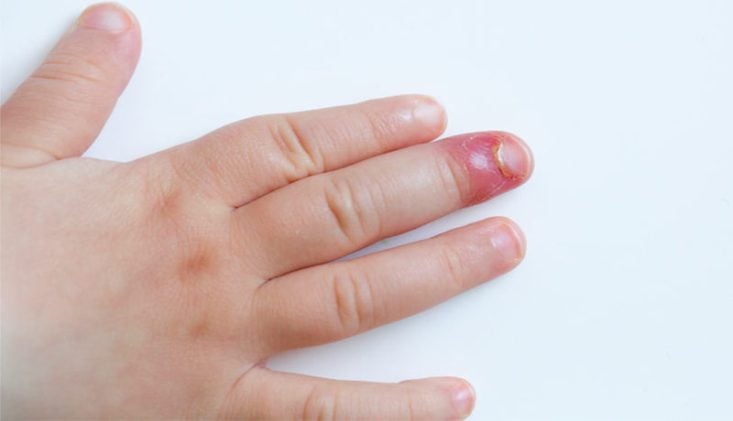
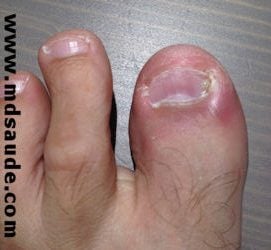
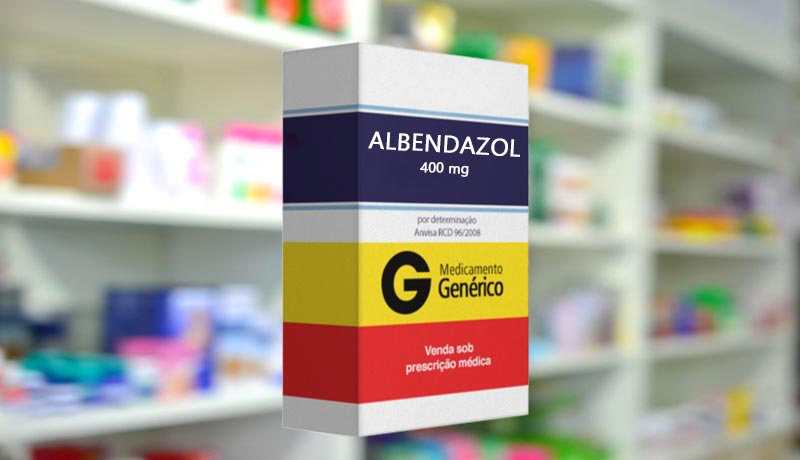
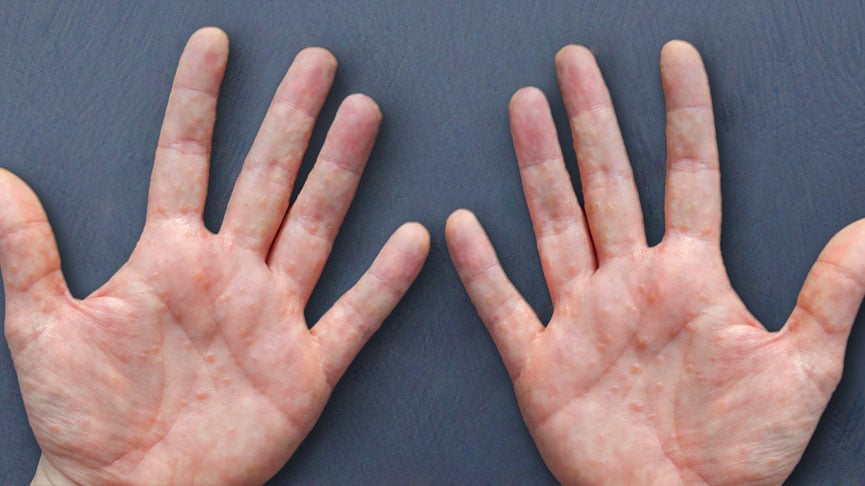

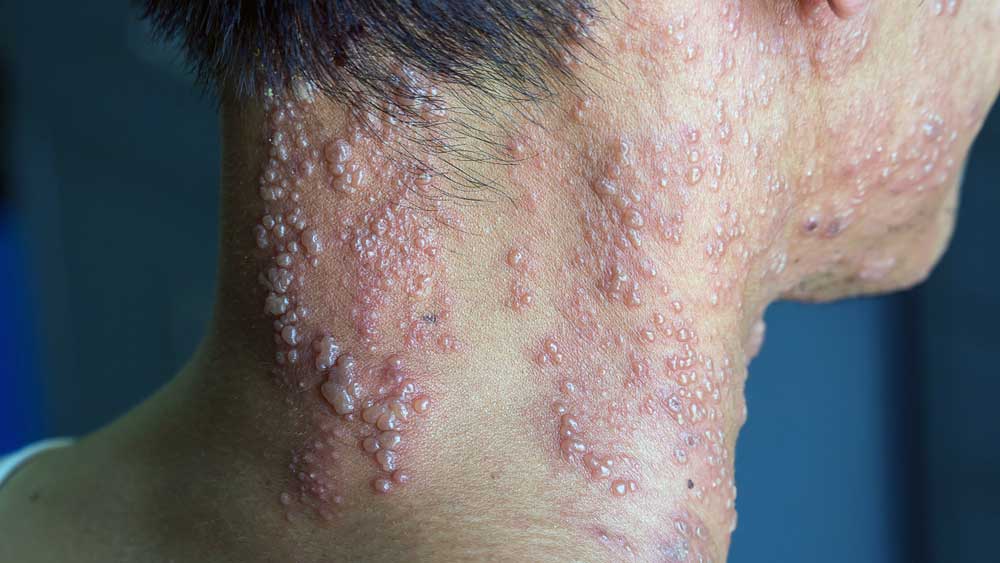
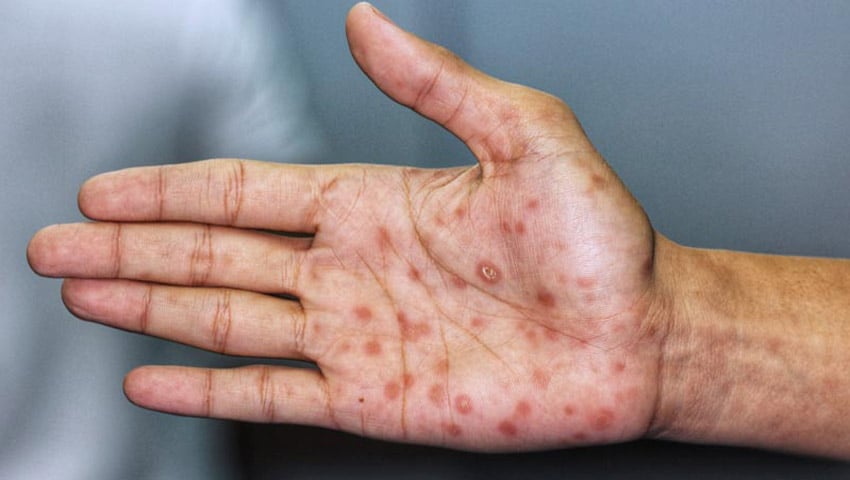
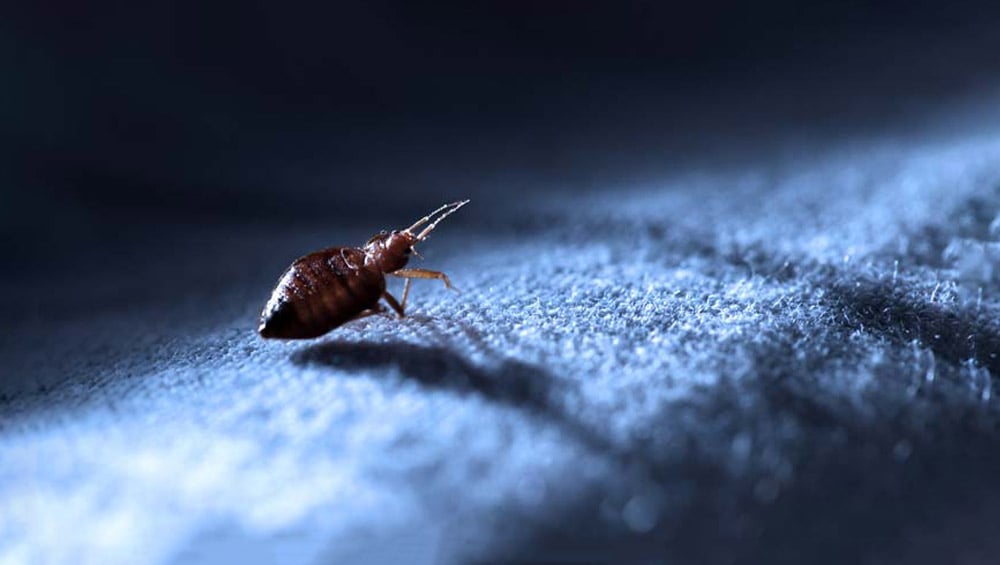
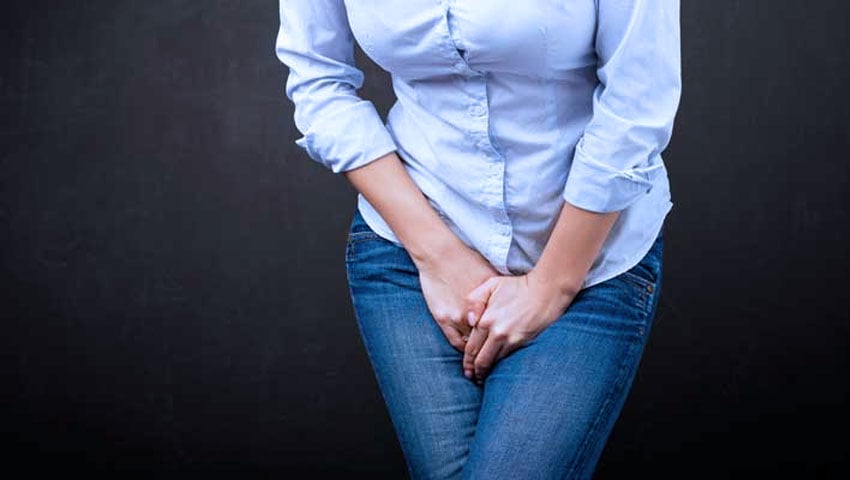
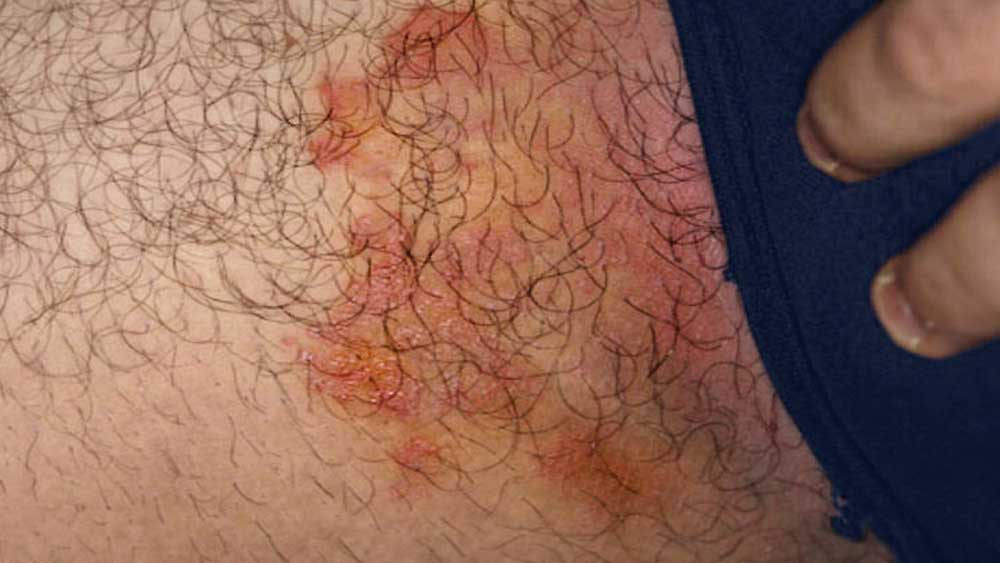
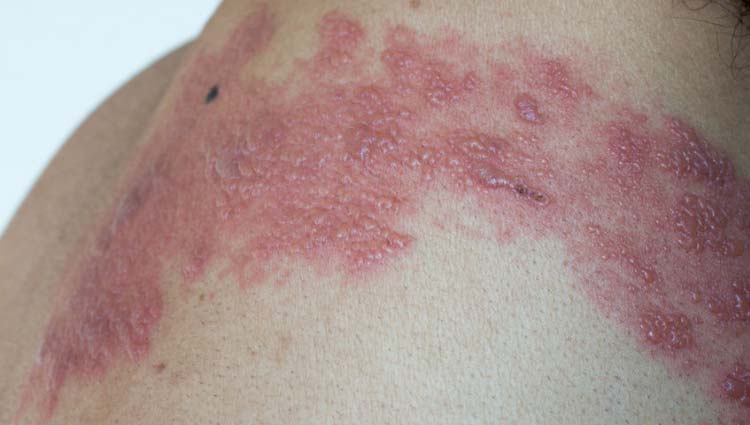
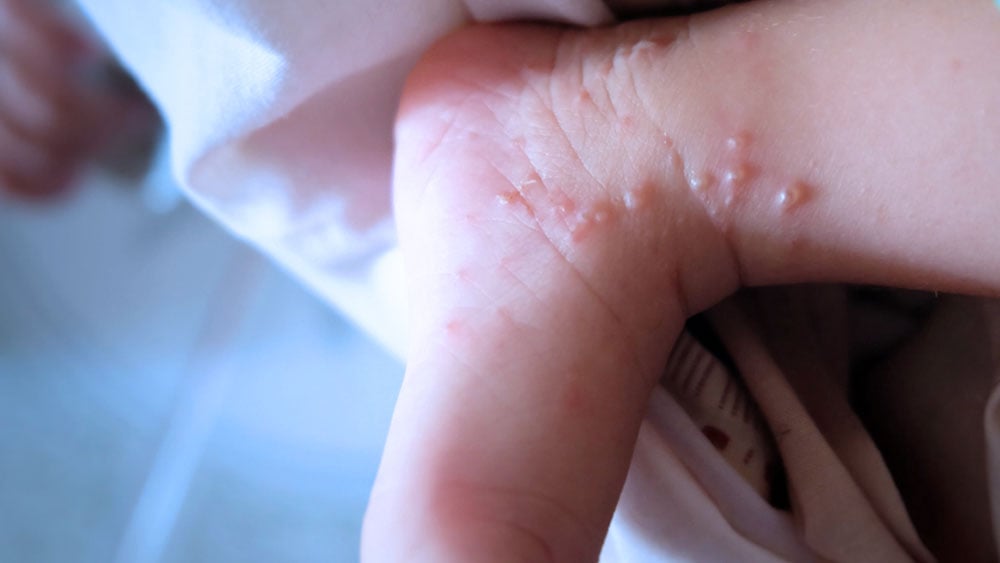

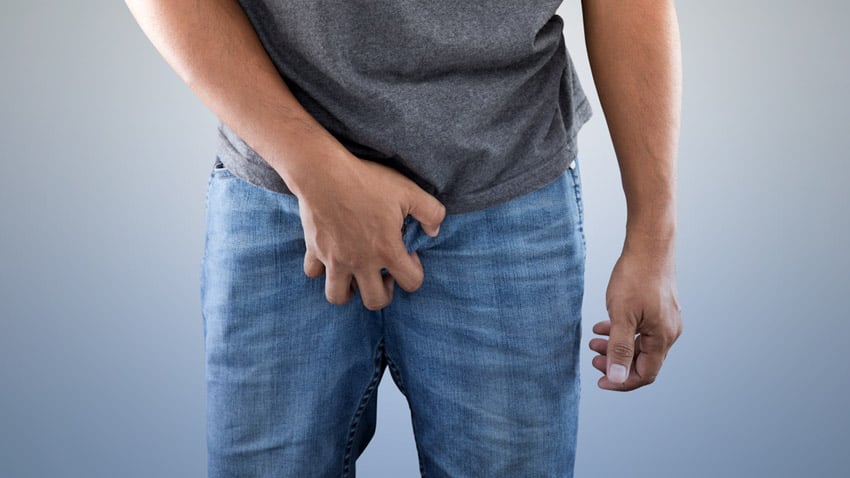
Leave a Comment